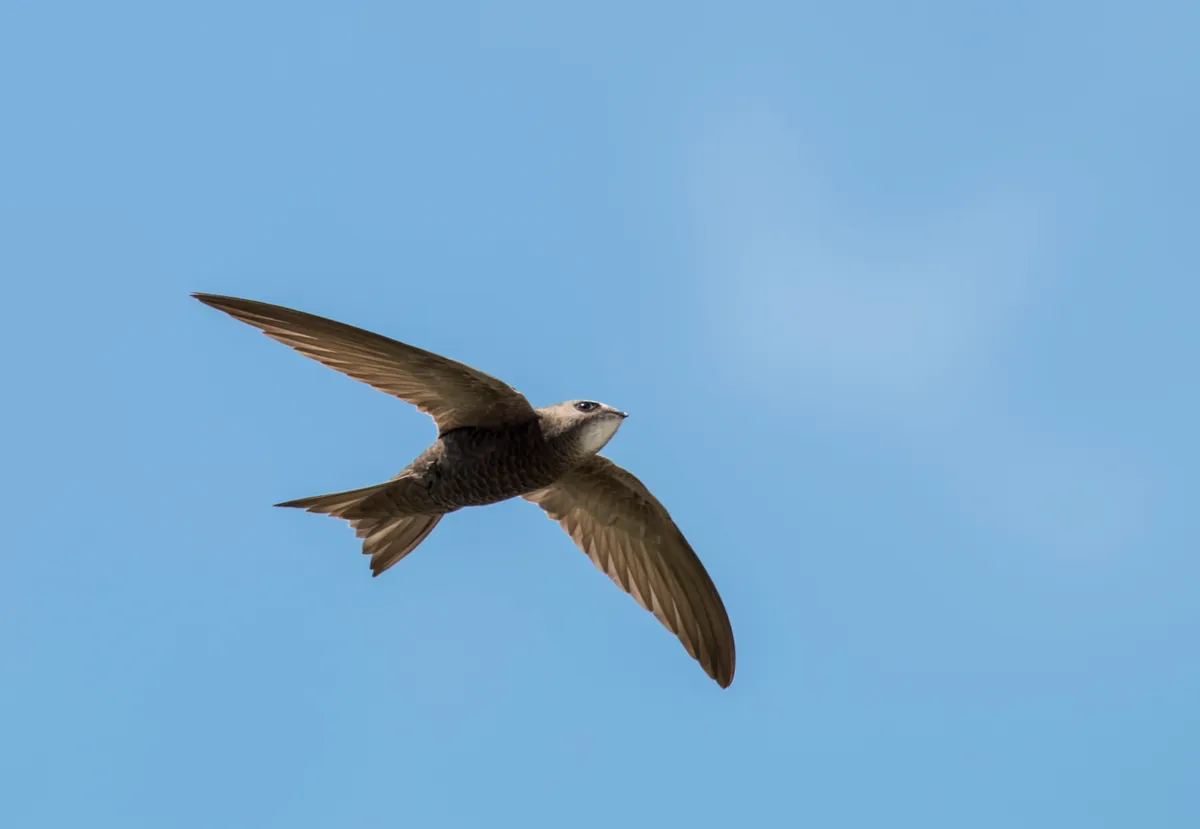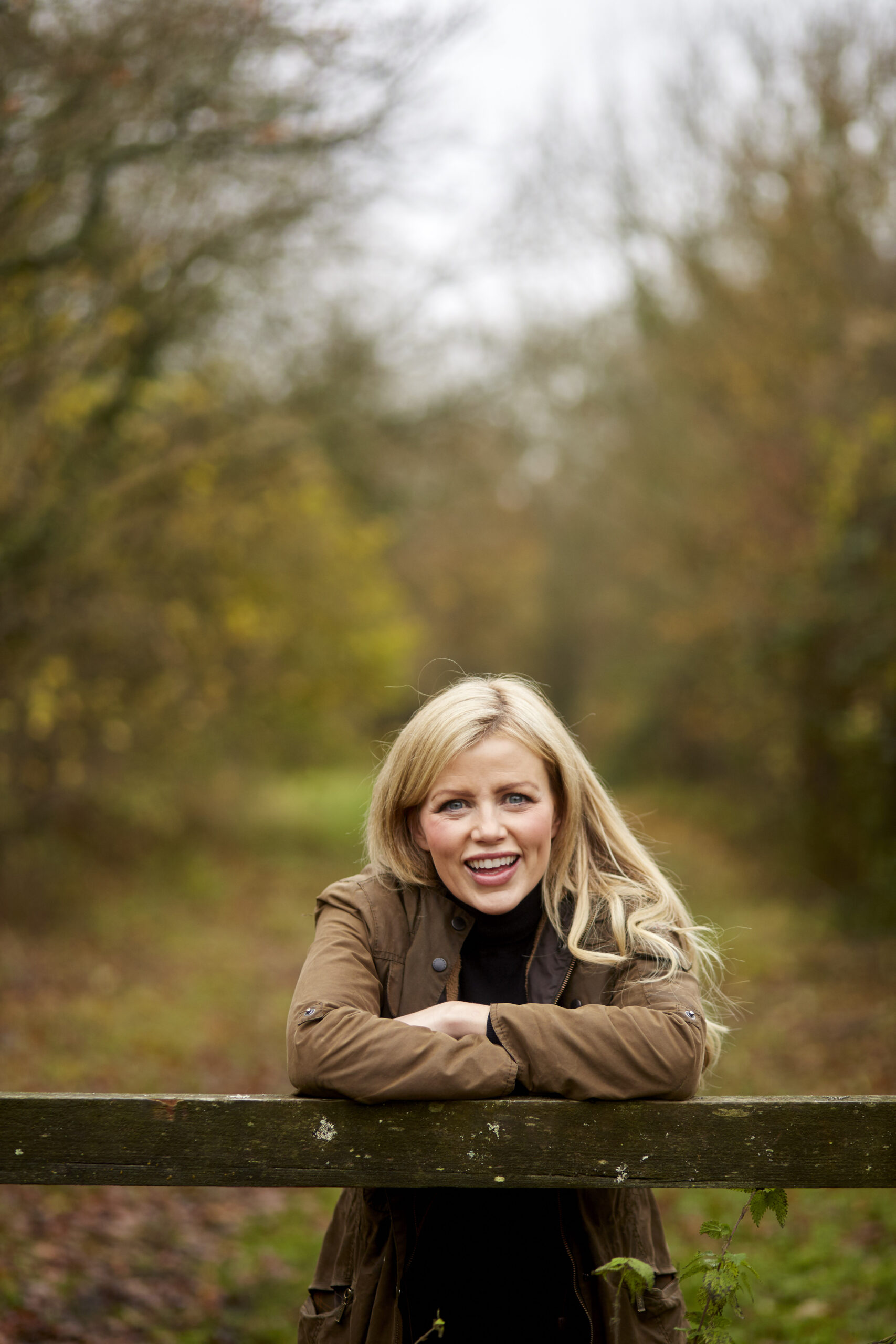Nature’s call to wake from winter’s slumber is beginning. The gift of a fresh spring rewards an early start. But the dawn chorus has fewer parts in the harmony than ever before. And we could all recognise the thinning sound, for it has happened within a fraction of our lifetimes: the UK Red List has almost doubled in number in the last 25 years.
The report Birds of Conservation Concern 5, put together by leading bird conservation and monitoring groups, has recently shown the latest unfortunate traffic-light reshuffle. The Red List – “of highest conservation concern” – now holds 70 UK bird species; 103 are on the Amber List and 72 on the Green List. This is no time to be evening out the numbers.
New report reveals more than 1 in 4 UK bird species are under serious threat
The new UK Red List for birds report places 70 species in the 'highest conservation concern' category, a figure that has almost doubled in the past 25 years.
Swifts have joined the Red List./Credit: Getty

Previously, if you looked up the greenfinch, stories told how very common they were, enjoying booty from woodlands to hedgerows and farms to orchards, only generally avoiding the treeless uplands. They thrived in both urban and rural gardens, becoming known by seed-buyers for their rough manners and rude appetite, all delivered with exceptional charm. But their numbers have succumbed sharply to the virulent infection trichomonosis in recent times. The illness affects the throat and gullet of the birds, making it difficult to feed, causing salivation and vomiting and allowing the disease to spread on bird-feeders, especially during the breeding season when greenfinches are feeding their young. Chaffinches, house sparrows, dunnocks, great tits and siskins are also vulnerable.

It’s worth recognising that our bird-feeders are as much, if not more, for our own enjoyment as for the birds. With this in mind, we owe them reasonable feeding hygiene. And let’s face it, we’ve become pretty expert at infectious disease management of late. Would any of us eat from the same unwashed plate of even a good friend, let alone another species, let alone months old?
Others unlucky enough to recently join the Red List include house martins and swifts, attributed in part to fewer insects and decent nesting sites. This on top of dozens of species still on the Red List from previous assessments. The remedial steps are huge – landscape in scale, international in reach and culture-shifting in attitude. It takes a rethink about land management, construction, climate and pollution, not just in the UK but along the flyways of migrating birds. Too big for any one of us to take on. But, insert cliché here: do something, no matter how small.
For feeders of birds, clean, dry, disinfect, rinse and dry again the garden feeders every few weeks. Better still, grow plants with seeds in your garden if you can. Clean bird baths in the same way. Consider adding different feeding stations to reduce the number of birds in one place, don’t place feeders under trees to avoid bird droppings and stop feeding for a few weeks if you see a sick bird. You can report wildlife sickness or death to support research here: gardenwildlifehealth.org.
On your land, add a pond to support wildlife, consider growing a tree and avoid pesticides that reach far beyond their target. There are many excellent websites (such as wildlifetrusts.org/actions) that recommend deeds we can all do to build a patchwork of class-act gardens, adding up to a landscape-quilt offering support for animals.
More related content:

Thinking big, remember, too, that if a company wants your investments, attach conditions that matter. And if they want you to spend, insist they’re not causing harm elsewhere to earn that profit. We have huge geographical reach beyond our gardens via our money, which wields almighty power over the way things are run.

